Wherever you go – in metros or in towns – in arguably the world’s fastest growing economy, young and old Indians alike are logging on to their mobile handsets and their PCs, to watch the latest from a clutch of OTT platforms as well as messaging services. Like the rest of the world, India too is in the thick of a digital video consumption boom. And it’s all thanks to the mobile data price wars initiated by India’s fastest growing telco Reliance Jio. The skirmishes have resulted in mobile data being priced at probably the lowest in the world.
Statistics underline that OTT is beginning to capture a large chunk of Indian viewers’ daily video watchtime. Estimates are that video consumption has been growing at 500 per cent per annum and most of it is coming from mobile handsets aka smart phones.
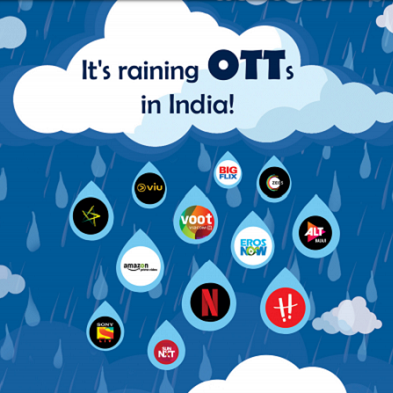 Over 65 per cent of 450+million internet users in India are currently mobile-only and the country is adding six million users every month, as per Telecom Regulatory Authority of India (TRAI) data. By the end of 2017, smartphones had outnumbered its users as 47.4 per cent users possessed a smartphone or more each. Predictions are that this explosion in the internet and mobile penetration is expected to continue with 640 million Indians expected to buy an internet pack, and 700 million expected to buy a snazzy smart device by 2020. Needless to say, online video – one of the most consumed pieces of content – is expected to grow as well as the number of platforms offering it.
Over 65 per cent of 450+million internet users in India are currently mobile-only and the country is adding six million users every month, as per Telecom Regulatory Authority of India (TRAI) data. By the end of 2017, smartphones had outnumbered its users as 47.4 per cent users possessed a smartphone or more each. Predictions are that this explosion in the internet and mobile penetration is expected to continue with 640 million Indians expected to buy an internet pack, and 700 million expected to buy a snazzy smart device by 2020. Needless to say, online video – one of the most consumed pieces of content – is expected to grow as well as the number of platforms offering it.
2018 saw the Indian OTT landscape dotted with more than 30 OTT platforms – giant foreign owned and global, broadcaster-led and independent ones. Additionally, newer OTT players are pacing the sidelines with a shift in focus from the English and Hindi speaking urban youth to mass market, regional audiences.
Deloitte India strategy and operations senior manager Shilpa Taneja affirms: “The growing penetration of smartphones and roll-out of 4G in the last couple of years has widely promoted the overall digital access and consumption across the country. This has led to an increasing demand for premium digital content and across categories such as movies, music, live sports. This increased consumption has come on two fronts – more number of people viewing content over OTT apps and people spending, on average, greater amount of time on digital media.”
Frost & Sullivan’s recent analysis, ‘Over-the-top (OTT) Video Services Market, India, 2017–2022’, reveals that the OTT video market in India is beginning to see real traction with more competitors and new innovative platforms. With 180.3 million active online video viewers and almost four million registered subscribers, the OTT video services market earned over Rs 37 billion in 2017, and will likely grow at a compounded annual growth rate of of 17.3 per cent over the next five years.

While the big foreign daddies initially came to market with an offering consisting of international films, originals, and some Hindi and regional films, however they have over the past year been focusing on digital originals – both films and short series. The reason: the need to build local consumer connect as most viewers prefer entertainment content in their language and flavour. And India being a complex nation, where 30 languages are spoken by more than a million people each, localisation is extremely crucial for even getting a chance into the viewers mind’s space edgewise.
Hotstar – one of the early movers in the market part of the Star India group (now a part of Disney) – today boasts a handsome slate of exclusive Hollywood films and TV series from leading American studios, and of course its high priced sports properties like the Indian Premier League, the Pro Kabaddi League, the Indian Soccer League, India cricket, among many others. With more than 300 million downloads of its app, monthly active users and four million paying subs (at Rs 999 per annum), it is among the leaders offering subscriber video on demand (SVoD), a freemium model and pure advertiser video on demand (AvoD) services. At its peak, it live streamed one of the IPL matches to 10.3 million concurrent users- a record of sorts. It is muscling up and gear up to launch a new rafter of originals.
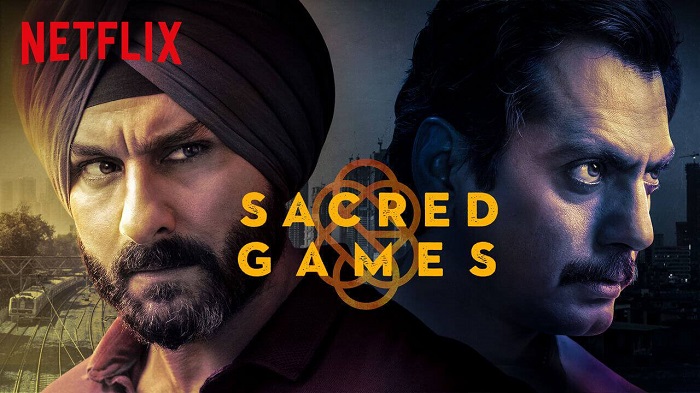
Global streaming powerhouse Netflix is has been gaining oodles of media space courtesy its localisation drive with its slate of originals ranging from series to films and so on apart from doubling its content library through acquisition of local content. Says a spokesperson: “Over the past two years, we’ve witnessed a huge appetite for entertainment and plenty of fan enthusiasm for our content and service, with word-of-mouth for our movies, TV shows, documentaries and stand-up comedy specials from around the world, helping to fuel growth in India. We’ve licensed titles that include much-loved blockbuster films in several Indian languages such as Hindi, Tamil, Telugu, Marathi and more, as well as Indie favourites.”
It followed up the acquisition binge by anteing up top dollar to commission original films such as Love per Square Foot, Brij Mohan Amar Rahe, Lust Stories, stand up comedy specials such as Aditi Mittal and Vir Das, and impactful series such as Sacred Games and Ghoul. The strategy seems to be working. Estimates are that the service has anywhere between 700,000 subscribers and 900,000 subscribers, each paying an average of around Rs 700 (around $9) a month.
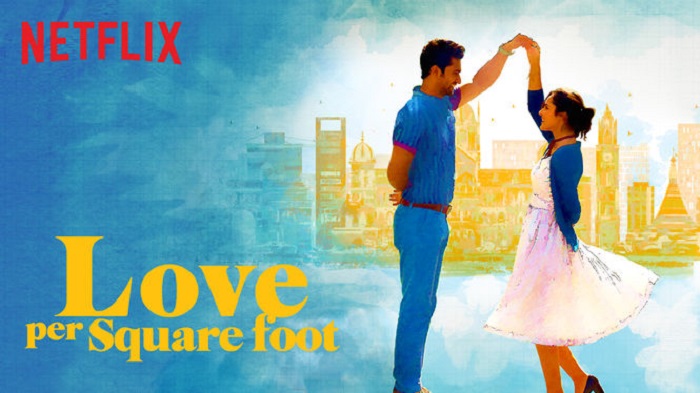
Netflix CEO Reed Hastings sounded pleased while speaking during an investor briefing recently. Said he: “We’re starting to turn the corner in many of the nations where our viewing is climbing up as we’re continuing to improve the programming. I’ll include India in the description and say we’re really pleased with the progress and tracking we’re making since we launched 2.5 years ago, and we just have a lot of work and a lot of opportunity ahead. With this triplet of Lust Stories, Sacred Games and Ghoul, we’re really getting some nice momentum in our India growth. We’ve got a long way to go to expand languages and many other aspects to be able to be a broad Indian product.”
And there’s more lined up. A handsome slate of originals is in various stages of pre-prod, production and post-production. Some of these titles include: Baahubali: Before the Beginning, Mighty Bheem, Little Things, Selection Day, Bard of Blood, Leila, Midnight’s Children and Crocodile.
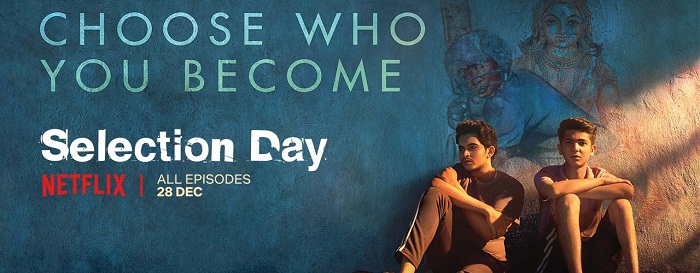
Of course, it’s biggest rival has been Amazon’s Prime Video which has managed to get an estimated 3-4 million users at about Rs 599 a year. Along with Netflix it has sent prices for films (Hindi and regional) northwards, sparking off an acquisition frenzy amongst local players backed by large broadcasters. Originals too have flowed from its studios: drama series such as Inside Edge and Breathe, comedy and music talent hunts such as Comicstaan Remix.
Mentioned Amazon CEO Jeff Bezos in a letter to shareholders recently: “Prime added more members in India in its first year than any previous geography in Amazon’s history. Amazon has a larger play in the country with its e-commerce business. The former’s play is about monetising the content in any part of the world.”
PricewaterhouseCoopers (PwC) partner and leader, media and entertainment Frank D’Souza adds, “Amazon has the advantage because it is basically offering music, prime services so the whole game for Amazon is how to keep the customer on its platform as long as possible. Whether that helps on sales of products video consumption, audio consumption there strategy is different.”
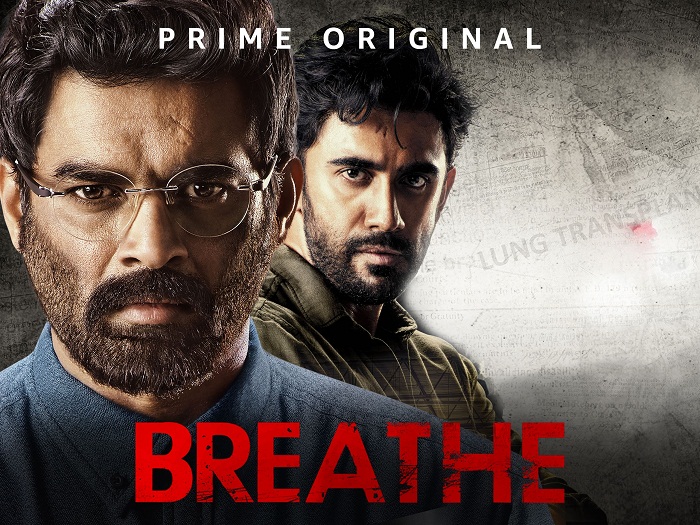
YouTube – which is the largest and most consumed video service in India with 245 million users logging on to its 300 channels with more than a million subs each – has got into the fray with the first of its originals being the AR Rahman helmed music talent search show called ARRived. Launched as an AVOD service, it is expected to launch its SVOD version in the not-too-distant future.
Similarly, the industry has witnessed the growth of different national OTT platforms like the Viacom18 backed Voot, Bollywood major Eros International’s EROS NOW, the Sony Pictures Networks backed Sony LIV, Zee 5 from the Zee Entertainment Enterprises stable, Sun NXT from south Indian language broadcasting power player Sun Networks, , regional and global south east Asian player Viu and the independent players promoted by production companies such as Balaji Telefilms’ ALT Balaji, SVF floated Hoichoi (Bengali), youth targeted alternative OTTs such as TVF and Arre.
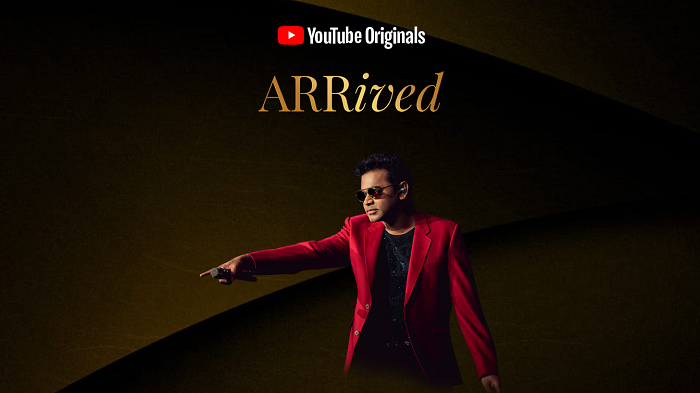
Sony Liv, with over 85 web-originals spread across various Indian regional languages, SonyLIV has tapped the heartland of the country as well. It pioneered at addressing the need for regional language content on web by launching India’s first ever Marathi web series to cater to the Marathi milieu, early in 2017. Shows like Married Women Diaries (S1 – S2), Black Coffee, Love Bytes (S1 – S2), Kacho Papad Pako Papad, YOLO- You Only Live Once, Full Tightt and Pyaar On The Rocks have been popular with the viewers.
Says SonyLiv CEO Uday Sodhi: “The introduction of original shows has definitely spoken in our favour in terms of viewership which reaffirms the credibility of the content offering. We envisioned the changing content consumption pattern and digital growth very early.”
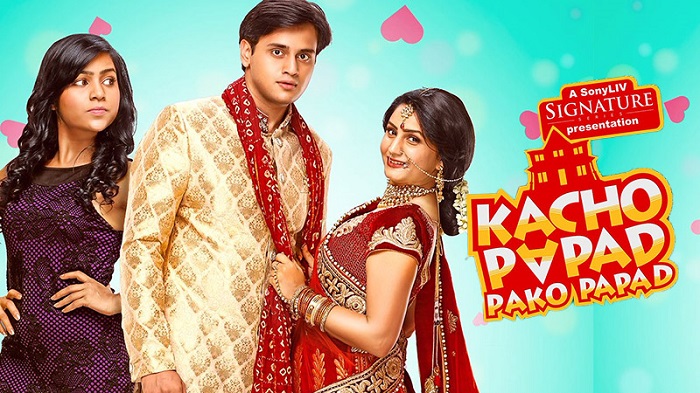
Eros Now is another OTT entertainment platform that had 2.1 million subscribers in FY 2017. It saw a massive jump of 276 per cent Y-o-Y in FY 2018 with 7.9 million paying subscribers and 100 million registered users. As of Q1 FY19, Eros Now boasts of 10.1 million paying subscribers and 113 million registered users marking a significant growth of 27.8 per cent. It has 11,000 plus digital movie titles across 10 Indian regional languages that contribute to around 70 per cent of the total movie content available for streaming on digital platforms.
In April 2018, Eros Now released its first direct-to-digital film Meri Nimmo, which opened to positive critical reception. Till date, it has successfully premiered over 180 films and over 300 episodes of original short form programming. Recently, it also launched its first original digital series, Side Hero.
“Our real surge for original content kick-started with Side Hero. Though, we have done a few interesting IPs in the past like Meri Nimmo, Salute to Siachen amongst others, Side Hero is our real first foray in the world of originals. We believe that originals will play a significant role in contributing to the culture we want to create with the brand and no better way to kick start the journey with comedy, the most popular genre in the country. We will continue to invest in our content programming strategy, technology and data sciences to be able to build a brand, a product and a service for tomorrow,” states Eros Group chief content officer Ridhima Lulla.
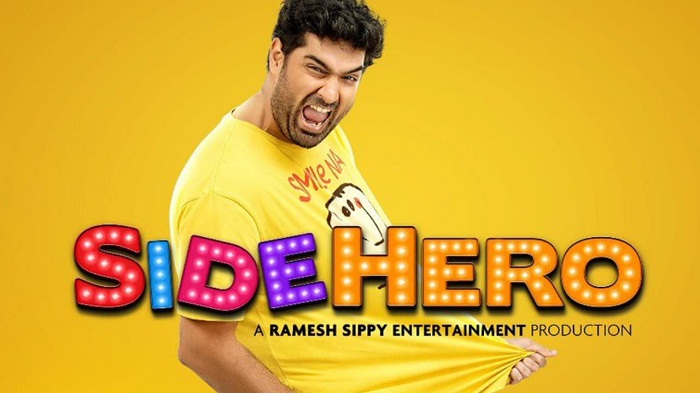
She adds: “We believe that the consumption in regional content has grown significantly and it is that piece of the cake that you can’t neglect. However, it will not limit for any content to travel beyond boundaries as subtitles have made it easy for digital platforms. To attract consumers, it is important to have good content and it will sail across in whichever language it is made.”
All eyes are on homegrown entertainment majors such as Viacom18’s Voot (which is now under the Reliance umbrella) and Zee Entertainment Enterprises’ Zee5. While the latter has gone in for a reboot and a clutch of new originals in different languages, the former is expected to undergo one soon.
Hyper local players such as ALT Balaji and Hoichoi have been commissioning producers to churn out at relatively modest budgets compared to the big boys. While Alt Balaji has around 3.3 million subs and a roster of around 30 originals apart from hundreds of hours of acquired content, HoiChoi currently has 1400 hours of content which includes 500 plus Bengali movies, 1,000 plus songs, 22 original shows, six original films and 20 shorts.
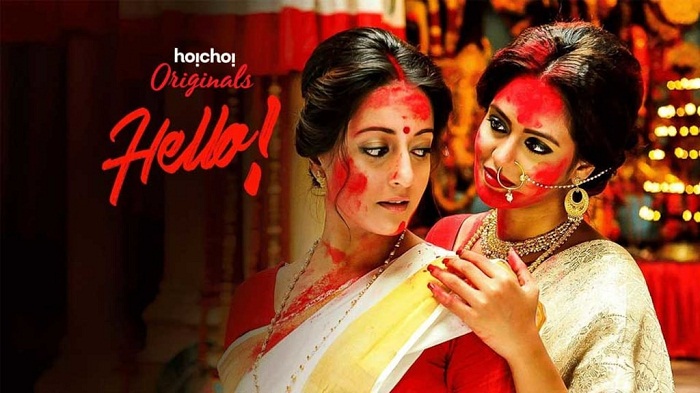
Hoichoi co-founder and SVF (Shree Venkatesh Films) executive director Vishnu Mohta mentioned about this striking reach, “Our main concern is our audience and to give them enough good content to binge on. We are currently the biggest Bengali entertainment platform worldwide and we have bigger plans of expansion-to Middle East and Bangladesh by partnering with their local telecom partners like Etisalat, Du and Robi.”
Currently, it’s investment time with all the OTT players building up on originals which is essential get traction with Indians who have been used to paying a paltry Rs 150-300 for a cable TV bundle that offers more than 300 channels with the latest programming from Hollywood’s majors as well as from Bollywood. Hundreds of millions of dollars are being poured in to lure price sensitive fickle consumers to sample the new offerings and acquire them. Phase I of the OTT journey has begun. Wider distribution through telcos, cable TV and DTH networks, alliances with each other and expansion internationally will decide how smooth the ride will be.

